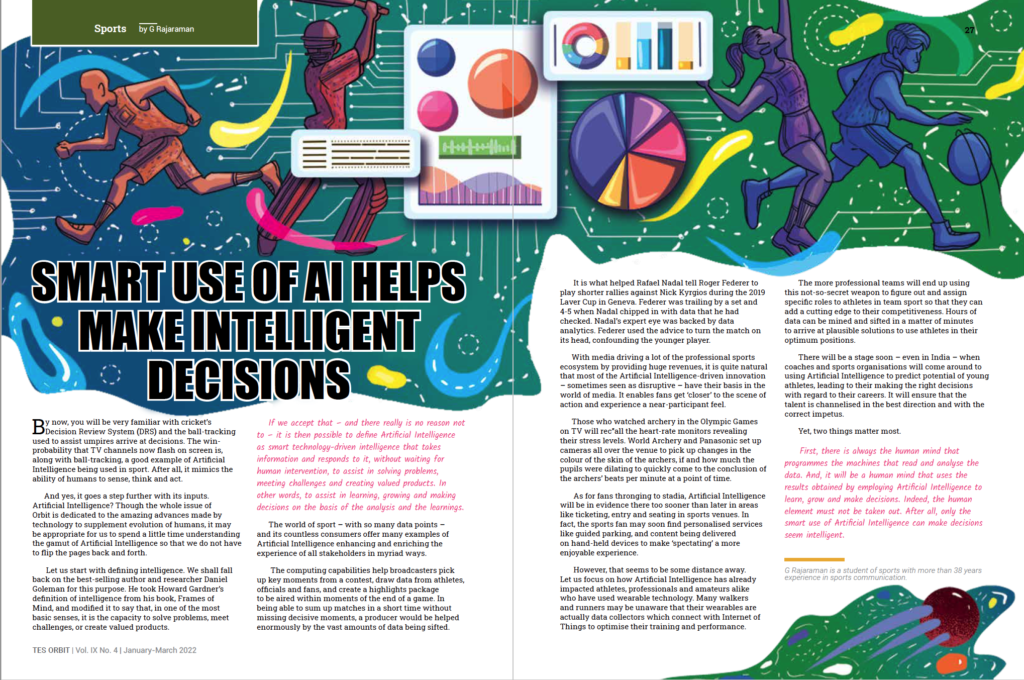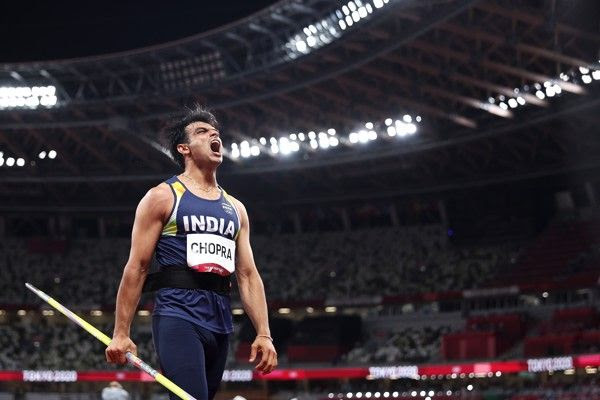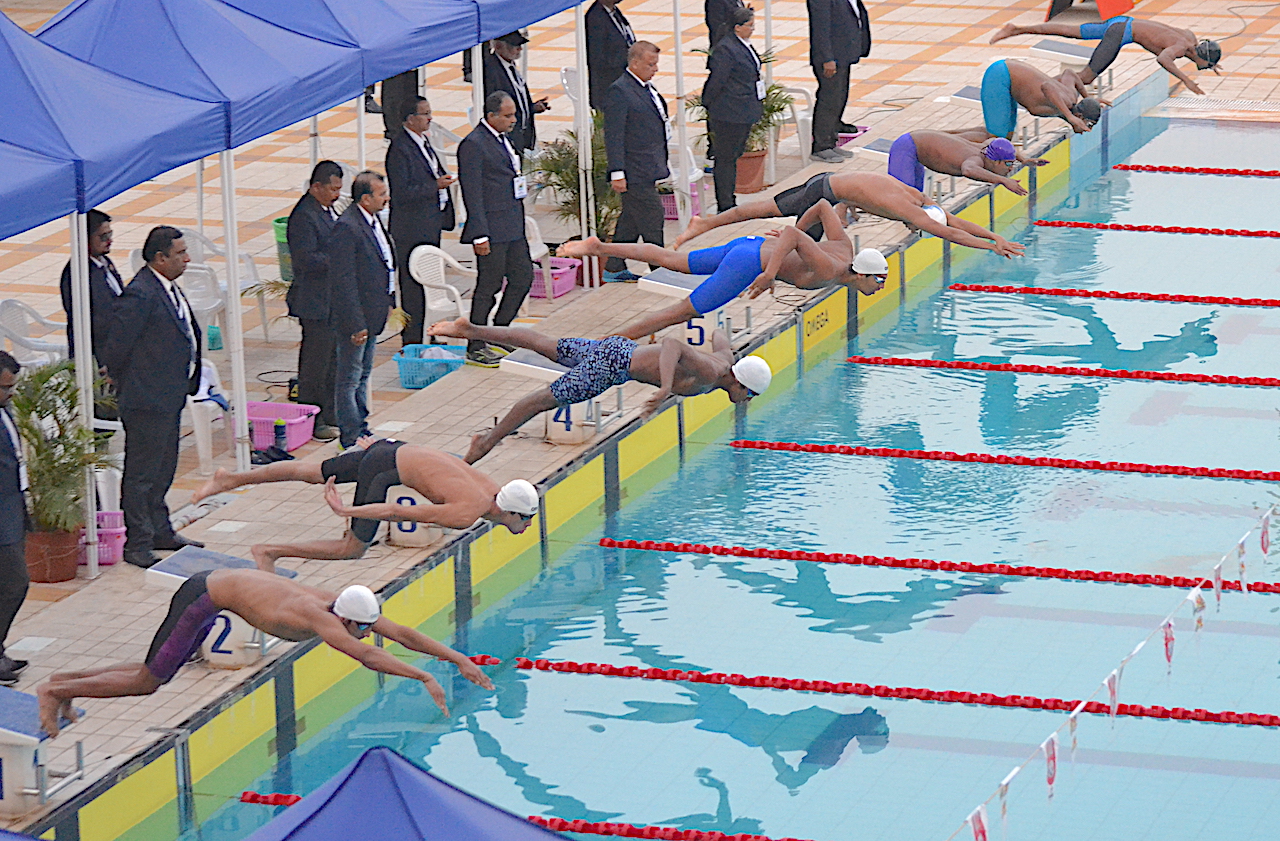By now, you will be very familiar with cricket’s Decision Review System and the ball-tracking used to assist umpires arrive at decisions. The Win-probability that TV channels now flash on screen is, along with ball-tracking, a good example of Artificial Intelligence being used in sport. After all, it mimics the ability of humans to sense, think and act.
And yes, it goes a step further with its inputs. Artificial Intelligence? Though the whole issue of Orbit is dedicated to the amazing advances made by technology to supplement evolution of humans, it may be appropriate for us to spend a little time understanding the gamut of Artificial Intelligence so that we do not have to flip the pages back and forth.
Let us start with defining Intelligence. We shall fall back on the best-selling author and researcher Daniel Goleman for this purpose. He took Howard Gardner’s definition of Intelligence from his book, Frames of Mind, and modified it to say that, in one of the most basic senses, it is the capacity to solve problems, meet challenges, or create valued products.
If we accept that – and there really is no reason not to – it is then possible to define Artificial Intelligence as smart technology-driven intelligence that takes information and responds to it, without waiting for human intervention, to assist in solving problems, meeting challenges and creating valued products.
In other words, to assist in learning, growing and making decisions on the basis of the analysis and the learnings. The world of sport – with so many data points – and its countless consumers offer many examples of Artificial Intelligenceenhancing and enriching the experience of all stakeholders in myriad ways.
The computing capabilities help broadcasters pick up key moments from a contest, draw data from athletes, officials and fans, and create a highlights package to be aired within moments of the end of a game. In being able to sum up matches in a short time without missing decisive moments, a producer would be helped enormously by the vast amounts of data being sifted.
It is what helped Rafael Nadal tell Roger Federer to play shorter rallies against Nick Kyrgios during the 2019 Laver Cup in Geneva. Federer was trailing by a set and 4-5 when Nadal chipped in with data that he had checked. Nadal’s expert eye was backed by data analytics. Federer used the advice to turn the match on its head, confounding the younger player.
With media driving a lot of the professional sports ecosystem by providing huge revenues, it is quite natural that most of the Artificial Intelligence-driven innovation – sometimes seen as disruptive – have their basis in the world of media. It enables fans get ‘closer’ to the scene of action and experience a near-participant feel.
Those who watched archery in the Olympic Games on TV will rec”all the heart-rate monitors revealing their stress levels. World Archery and Panasonic set up cameras all over the venue to pick up changes in the colour of the skin of the archers, if and how much the pupils were dilating to quickly come to the conclusion of the archers’ beats per minute at a point of time.
As for fans thronging to stadia, Artificial Intelligence will be in evidence there too sooner than later in areas like ticketing, entry and seating in sports venues. In fact, the sports fan may soon find that personalised services like guided parking, and content being delivered on hand-held devices to make spectating a more enjoyable experience.
However, that seems to be some distance away. Let us focus on who Artificial Intelligence has already impacted athletes, professionals and amateurs alike who have used wearable technology. Many walkers and runners may be unaware that their wearables are actually data collectors which connect with Internet of Things to optimise their training and performance.
The more professional teams will end up using this not-so-secret weapon to figure out and assign specific roles to athletes in team sport so that they can add a cutting edge to their competitiveness. Hours of data can be mined and sifted in the matter of minutes to arrive at plausible solutions to use athletes in their optimum positions.
There will be a stage soon – even in India – when coaches and sports organisations will come around to using Artificial Intelligence to predict potential of young athletes, leading to their making the right decisions with regard to their careers. It will ensure that the talent is channelised in the best direction and with the correct impetus.
Yet, two things matter most.
First, there is always the human mind that programmes the machines that read and analyse the data. And, it will be a human mind that uses the results obtained by employing Artificial Intelligence to learn, grow and make decisions. Indeed, the human element must not be taken out. After all, only the smart use of Artificial Intelligence can make decisions seem intelligent.

This piece was first published in the January-March 2022 issue of Orbit, a school magazine
The Featured Image is courtesy: LovePik.com



